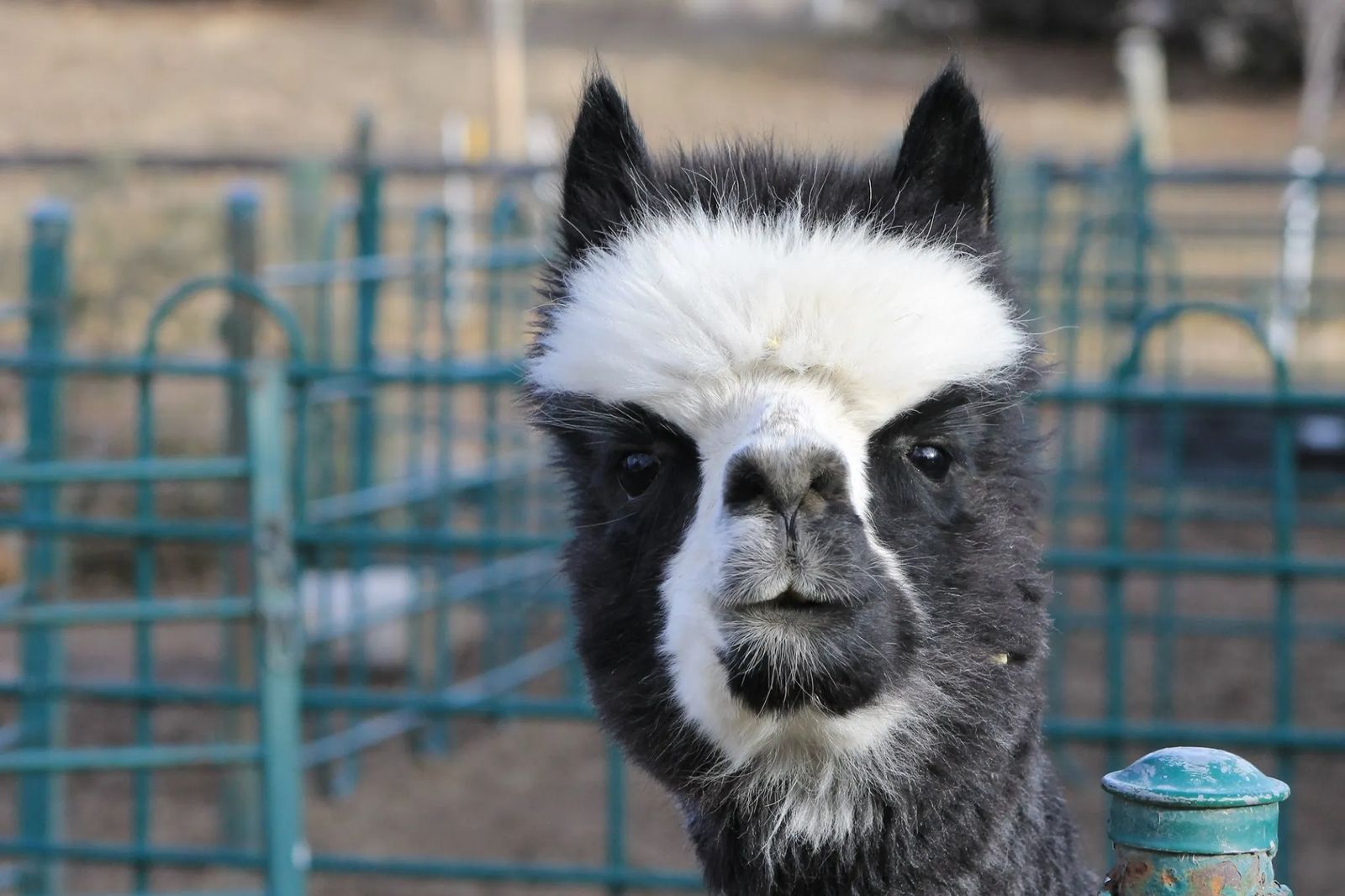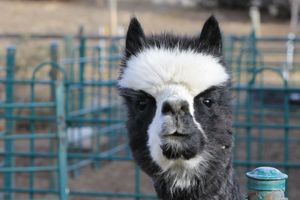
Alpaca
Vicugna Pacos
Alpacas are the domesticated descendants of vicuñas and are the smallest of the domesticated camelid species. Although there are no “wild” populations of alpacas, there are wild vicuñas that live in a wide range of habitats from the high and dry Atacama Desert in northern Chile to the wet and snowy Tierra del Fuego at the southern tip of the continent. It wasn't until the 1980s that alpacas were exported to other countries for farming purposes. They can now be found in countries such as the United States, New Zealand, Australia, and the Netherlands, among other places. To survive in these conditions, alpaca fiber is hypoallergenic, flame-resistant, and water-resistant. This fiber comes in various colors, from true blue-black to browns, tans, and whites. Alpacas are herbivores, meaning their diet is strictly vegetation, broken down by their three-chambered stomach.
Click HERE for an Alpaca Activity Sheet!
Our Current Residents
Trotter, Male - Born July 30, 2015
Trotter is all black with a white coloration on his face. Trotter typically has his ears pressed back against his head as he gets more nervous around people than Kramer and relies on him for support. Trotter came to ZooMontana in 2018 with Kramer.
Kramer, Male - Born September 19, 2015
Kramer is brown all over. He is more outgoing than Trotter and is there to support Trotter socially. Kramer came to ZooMontana in 2018 with Trotter.
Taxonomy
- Kingdom: Animalia
- Phylum: Chordata
- Class: Mammalia
- Order: Artiodactyla
- Family: Camelidae
- Genus: Vicugna
- Species: Vicugna pacos
Animal Facts
Herbivore: mainly vegetation including grass, leaves, wood, bark, and stems
Population Status: currently listed as Not Evaluated
Habitat: mountainsides and valleys
Activity: diurnal- mostly active during the day

















































